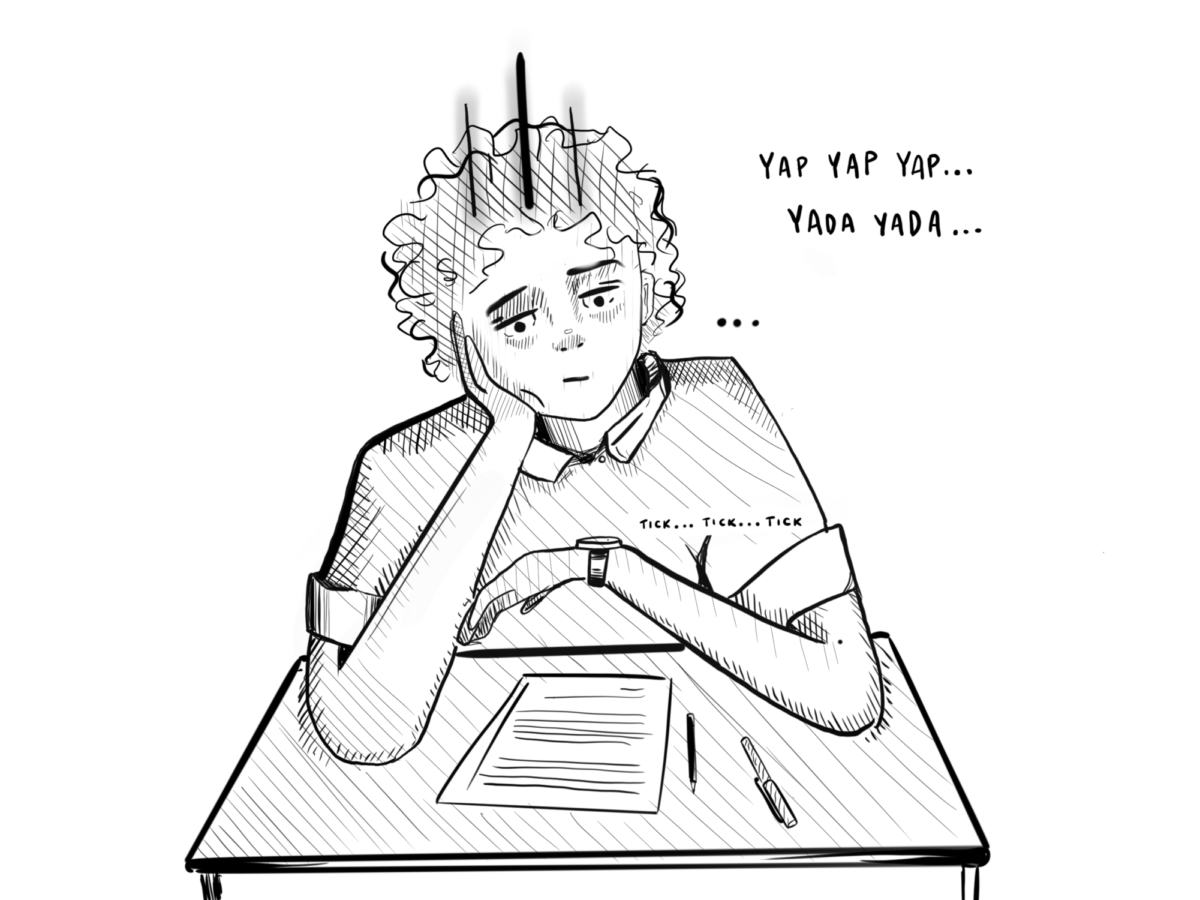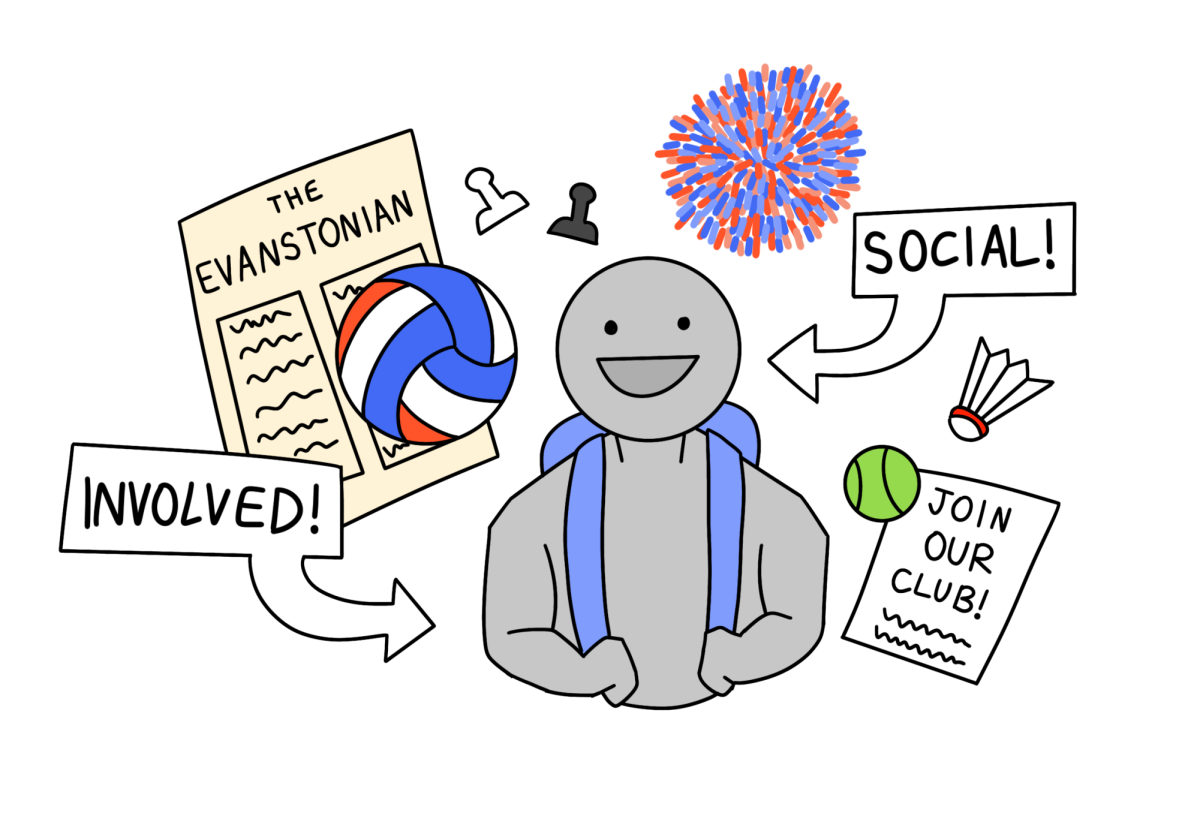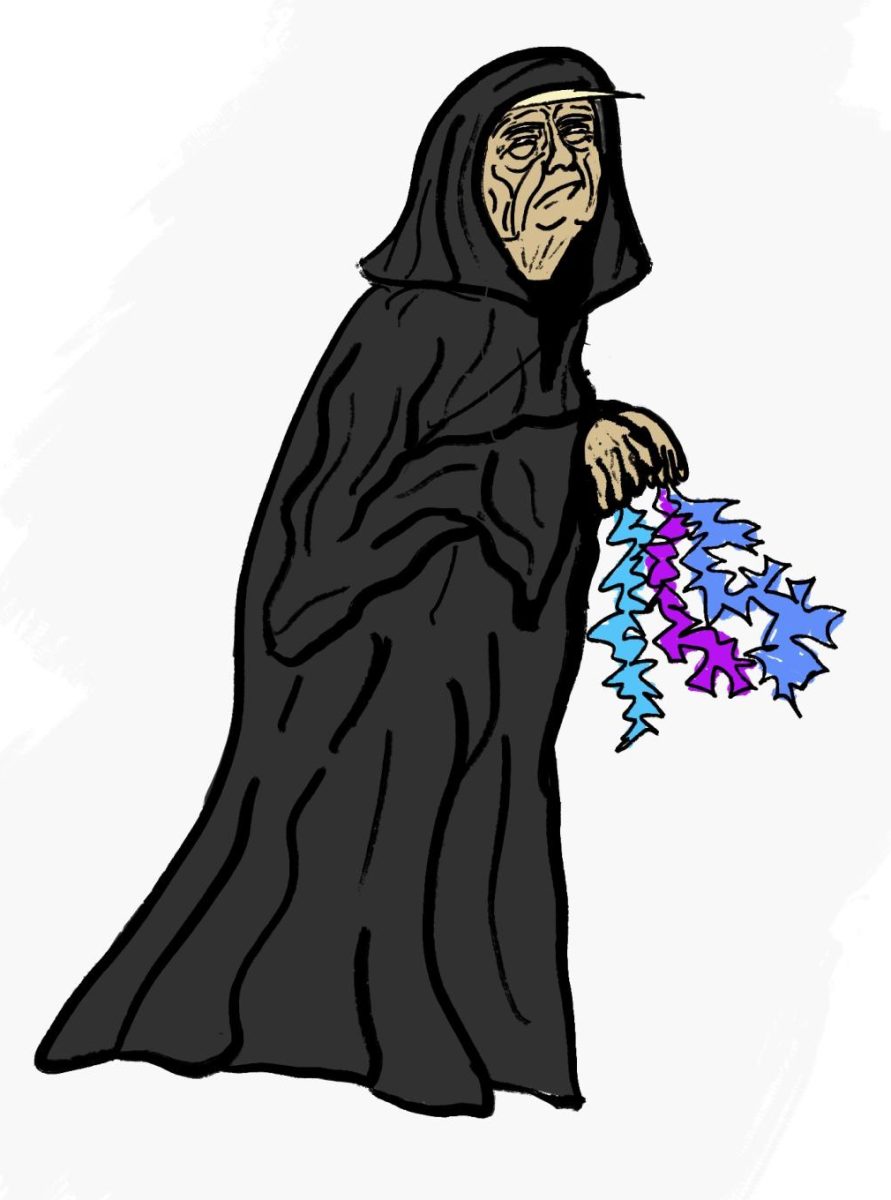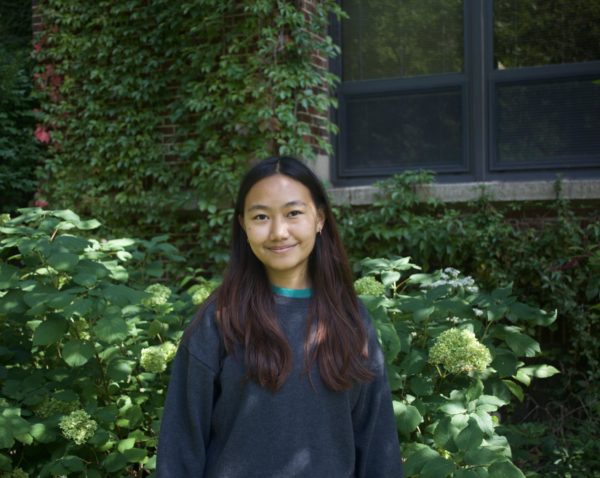You’re in the closing stretch of your sixth block class. It’s been five hours since you have eaten breakfast, and you’re feeling very sluggish. To make it all worse, you’re in that class that you really hate—like really hate. You have been in it for over an hour and stopped paying attention about 20 minutes ago. You look up at the clock. 12:45 p.m., still 20 more minutes left until the bells of ETHS free you from your class. By this point, you’re completely tuned out. You’re either listening to music, listening to a friend talking about last night’s game or listening to the cockadoodledoos of the stupid, pointless roosters in the courtyard. Doesn’t matter. The important thing is that wherever your mind is wandering off to, it has nothing to do with that dumb sixth block class. That’s the issue with the block schedule. Far too many times, I have found myself and many other students at ETHS staring at the clock, completely out of it, waiting impatiently for the dragging 85-minute period to end.
ETHS switched to the block schedule in 2020, a schedule that has students attend four classes per day Tuesday through Friday and alternating which four out of the eight total they would attend every day. Administration made the change to accommodate teacher and student needs in response to Covid-19’s new e-learning plan, which was intended to make students feel comfortable in their classes at home. They didn’t want students constantly scrolling through their emails to find next period’s Zoom link. But the seemingly logical solution went all wrong. In August of 2021, when pandemic scares eased and schools returned in-person, ETHS decided to keep the block schedule. This marked the first time ETHS would use the block schedule in an in-person setting, and the goal was to slow down the day and humanize the experience for students.
This change is where it all went wrong. The common misconception of the argument against the block schedule is, ‘85 minutes is simply too long for a period’. While this may be true, the fundamental issue of the block schedule does not stem from the length of the period, but rather how most ETHS teachers utilize the length of the period.
The effect that the block schedule has on students is entirely dependent on the teacher. Sure, if the teacher is mixing in group discussions, games, small group work and break times the lengthy period may be very effective. In the right setting and under the right teacher, the block schedule allows the class to get into a flow of long discussions and topics without stopping. The old 46 minute periods could absolutely be detrimental to these lengthy discussions if all students are fully engaged.
Here is the problem- As much as we would all like to say our ETHS teachers keep all students engaged with a variety of activities in every class, they simply don’t. This is in no way a shot at ETHS teachers; I believe the 85 minute period the ETHS administration presented them with in 2020 was an incredibly challenging and even unfair ask.
Far too many times throughout my freshman and sophomore year I have found myself mindlessly filling out extremely long google docs, just trying to get to the end. I have watched too many long and boring documentaries or doing any other lengthy assignments. Far too many times I, we, the students of ETHS, have fallen victim to assignments where the teachers are just trying to burn out the clock on the 85 minute periods.
Overall, in regards to the student mental health aspect, the change didn’t humanize the experience for us at all, if anything it did the opposite. In most of the classes where teachers are just trying to get through it, making students sit in classes without movement for 85 minutes doesn’t exactly scream humanization to me. Many students cannot focus for 85 minutes and valuable class time is wasted for them. According to CNLD Tesing and Therapy the average high school junior can only focus for 32-50 minutes. This means that the average 16 year old cannot focus for over half of the class time, especially if the teacher is assigning constant busy work. ETHS’ old 46 minute periods better maximize every student’s attention span and students would get more out of each class.
Additionally, with half as many classes, there are half as many friends. And in classes you don’t have friends in, you are left without anyone to talk to for 85 minutes. According to Education Advanced, the more student to student interaction high schoolers engage in directly affects concentration to the classroom subject and keeps the mind energized throughout the day. In many classes that lack variation, the lack of movement and decreased social interaction that the block schedule entails significantly harms learning as well as students’ mental health.
Also, the block schedule negatively impacts progression in many classes. In subjects such as language, math, music and others, where everyday interaction with the material is almost a necessity to move forward in the class, the block schedule created a huge problem with the level of engagement in the material.
Latin teacher Michelle Green understands many of the benefits of the block schedule, but she’s witnessed firsthand how students not having everyday interaction with Latin hurts their progress. She is a firm believer that everyday repetition of the language is essential to moving forward in the course.
“In my experience as a student and now having taught a foreign language, you really want that daily interaction with your subject. You need to do it every day, so unfortunately I don’t think the block schedule works as well [as single periods] for language,” said Green. “Students are better served having every single class every single day.”
Many students argue that the block schedule makes homework due dates much more manageable. Instead of having one day to turn in your homework, students now have two days because of the spacing between classes. While theoretically true, this argument is flawed because teachers assign more homework than they would back in the single-period days.
Finally, one of the most popular arguments for block schedule is the longer passing periods. As a student, yes, I totally agree, the ten-minute passing period is awesome. I talk to friends for the entire passing period, every time, it’s great. Looking at it from the school’s standpoint though, they give us five minutes on Mondays and most everyone can make it to their next class on time, so it doesn’t really make sense that passing periods are different on different days. After all, the building doesn’t change dimensions from Wildkit Mondays to orange and blue days.
The block schedule and the roosters in the courtyard may have more in common than one might think. They’re both annoying, unnecessary and no one really has a solid understanding of why they were brought to the building. So, COCKADOOODLE ETHS, block the block schedule!






